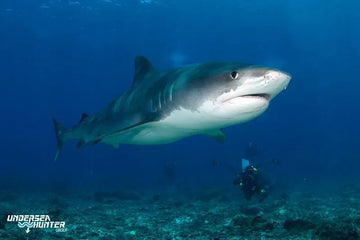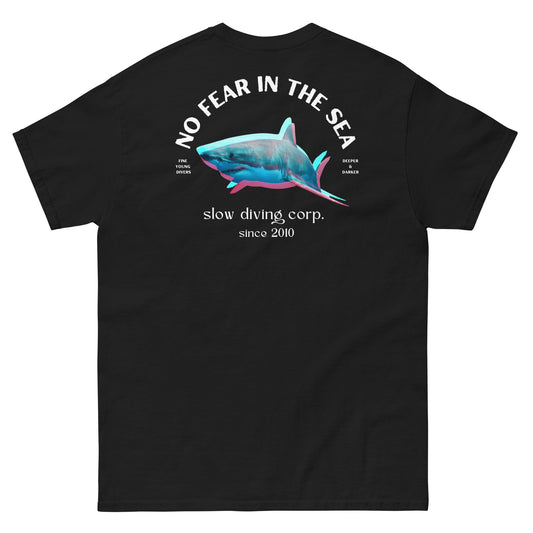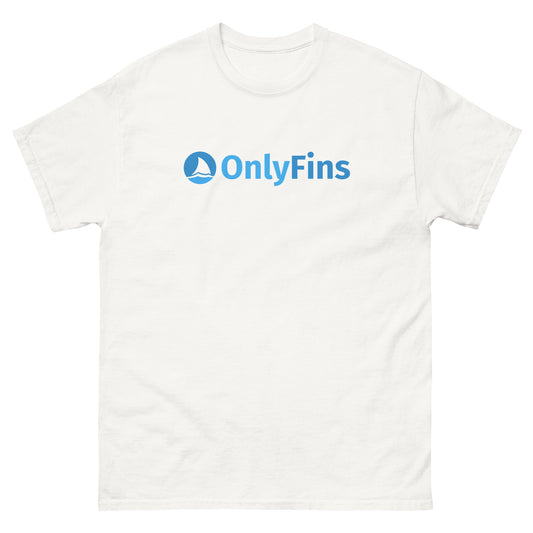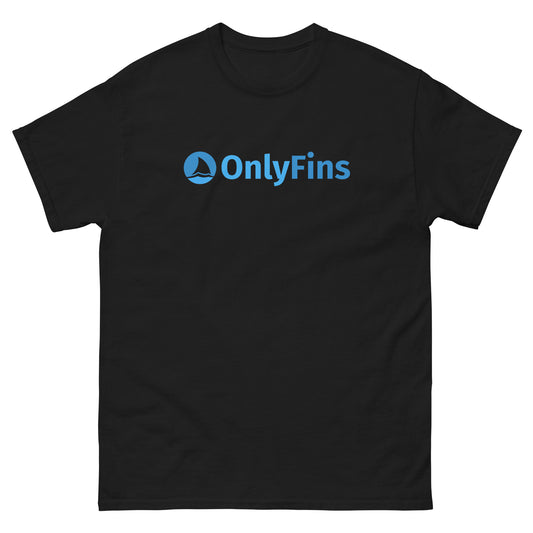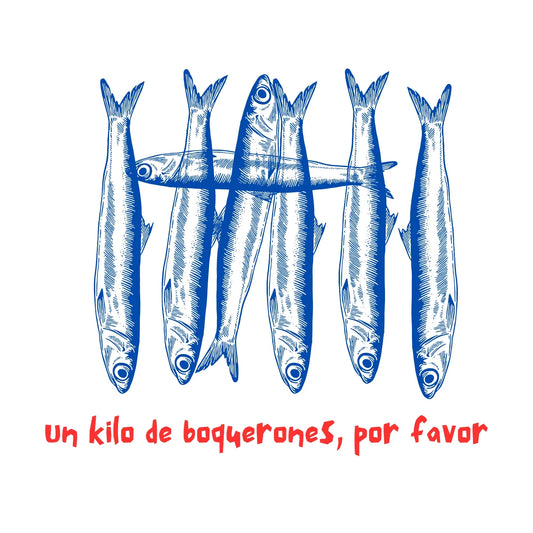Discovered in 1531 by the Spanish navigator Juan Cabezas, Cocos Island has gone from being home to pirates who found in it a perfect hideout and refuge with fresh water, coconuts and wood, to a place of provisioning for whalers for more than a century, a paradise for explorers and scientists since the arrival in 1791 of Alejandro Malaspina's expedition, to end up being today a National Park, a World Heritage Site and, above all, a dream for the most adventurous scuba divers.
Cocos Island, "The most beautiful island in the world" in the words of our beloved Captain Cousteau, is a treasure of nature hard to win. For those brave enough to venture there, after a 36-hour crossing from Costa Rica on liveaboard, the prize that awaits is double if they are also lucky enough to have become divers: lush vegetation typical of tropical rainy climates with high rainfall, abundant rivers amidst thick jungle, fresh and crystal clear water falling in waterfalls... To give you an idea, the settings of both "Robinson Crusoe" and "Jurassic Park" are based on this island.

Cocos Island, image by Underseahunter.com
T-Shirts for Shark Lovers
SEE MORE SHARK T-SHIRTS
If you put on your diving gear on you will see a place hardly unequaled except for the "neighboring" Malpelo and Galapagos, with an explosion of large pelagic life, unique: manta rays, sailfish, dolphins, turtles, corals, many species of rays, whales, the famous red-lipped batfish, barracudas, tuna, huge schools of fish... and sharks, lots of sharks.
On every dive in Cocos (as the island is also known) it is common to encounter several of the 14 species of sharks that you can dive with here, especially its famous schools of hundreds of hammerhead sharks capable of fulfilling the dream of the most experienced diver:
Cocos Island has the great fortune of being small, inaccessible and a real fortress, with cliffs of 500 meters and only two bays that give access to the interior. As in Galapagos, this isolation has made nature create a special endemism: 70 species of endemic plants, 64 insects, 4 birds, 57 crustaceans, 118 mollusks, more than 200 fish and 18 corals speak of the uniqueness of this place. An extraordinary endemism even more considering the small size of Cocos, with only 7.6 km long by 4.4 km wide, about 23.85 km².
Many who have been to the best shark dive sites in the world claim that Cocos Island has more sharks per cubic meter than anywhere else in the world and that the schools of hammerhead sharks, as seen in the video, are unmatched.
What sharks can we see in Cocos Island??
Possibly, after the hammerhead sharks (Sphyrna lewini), the most numerous are the whitetip sharks (Triaenodon obesus) and once you dive here it will be difficult to see more anywhere else in the world. They can be found resting in sandy areas or inside caves, huddled in groups of 5 to 10 individuals and also, of course, swimming.
One of the strong points of Cocos and diving with these sharks are the night dives. When night falls, especially in "Manuelita", is the time of more activity for these predators, when they come out to hunt and we can see a couple or three of dozens of specimens disputing a prey. And if you are lucky you will see the violent mating ritual of these sharks.
The fast and nervous silky shark (Carcharhinus falciformis) is, after the hammerhead and the whitetip, the most common shark in Cocos Island, also creating huge schools capable of competing with those formed by the hammerheads. We can also see Galapagos sharks (Carcharhinus galapagensis), often confused with the silky shark and also abundant but not as common. Blacktip sharks (Carcharhinus melanopterus) will also appear when food is plentiful and if you are lucky enough to find a big ball of fish they are sure to appear in the middle of it trying to get a good bite.
In Cocos there is a dive site called "Silverado" where many silvertip sharks (Carcharhinus albimarginatus), an aggressive shark, come to clean themselves with the help of wrasse.
Finally, we have two species of sharks very appreciated but perhaps less common as tiger sharks (Galeocerdo cuvier) with specimens up to 4 meters, and finally, the whale shark (Rhincodon typus) which is not the most common shark that can be found in Cocos, but it is possible to see it during the summer months.
Why are there so many sharks in Cocos Island?
There are many factors that converge on this island for there to be such an abundance of sharks. Mainly because five marine currents converge in Cocos Island, creating the perfect conditions for there to be plenty of food for all types of marine species, including sharks, which as we know are at the top of the oceanic trophic chain. In addition, in Cocos there are enormous depths, a necessary condition for the existence of sharks and other pelagic species.
Another important aspect is the fierce defense of sharks and the persecution of illegal fishing, with patrols and guards of the National Coast Guard at many points that stop fishing boats that are in the fishing-free zones. Fishing nets and lines are also removed in these areas.

The red-lipped batfish (Ogcocephalus darwini) can only be seen in Cocos and Galapagos. Image by Aqua Immersion
Cocos Island, like Palau, is a good example of how to take advantage of the presence of sharks to increase tourism income, but above all of respect for nature. In the case of Cocos, numerous studies are being carried out on sharks, their population and migration patterns thanks to organizations such as the Friends of Cocos Island Foundation (FAICO) or Shark Mission, which in collaboration with the Costa Rican government offer training and information on the benefits of protecting the coastline and nearby seamounts to allow their waters to continue to be plagued by these exciting marine predators.

